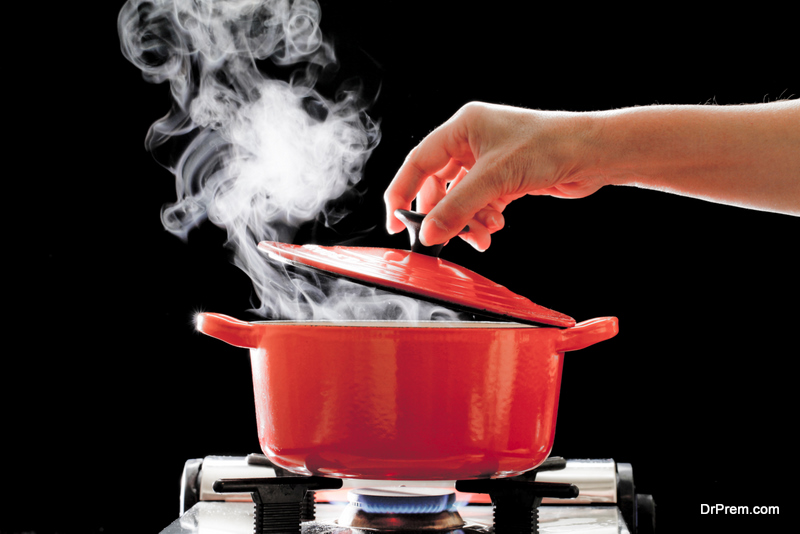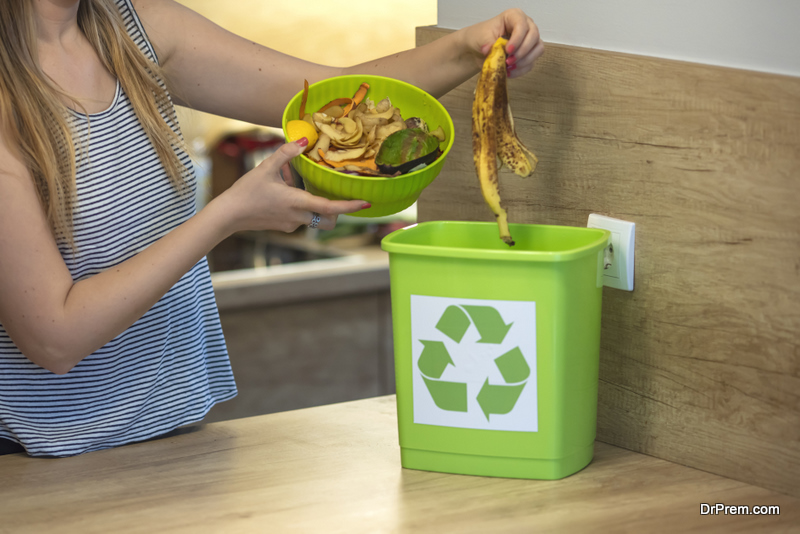The kitchen is often considered the heart of the home. It’s where we cook our meals, share stories with family and friends, and create memories. That’s why it’s important to make sure that your kitchen is eco-friendly.
There are many ways that you can green your kitchen, from using recycled materials to reducing energy consumption. In this blog post, we will discuss some of the best ways to make your kitchen more environmentally friendly.
Let’s take a look at these ways.
1. Recycle

What may look like trivial garbage to most people, are actually the biggest contributors to landfills. Don’t underestimate your trash. Cafes with compost bins or recycling bins are becoming more popular. Even if there is none near you, be the change you want to see in this world and start creating responsible practices for yourself today at home.
It will soon result in a planet free of waste if everyone following suit helps create positive change together. Moreover, you can take some free images of recycling and frame it for your kitchen to enhance the appeal of space.
2. Go Local
Local farmers markets are a great way to produce that is grown nearby and has a smaller environmental footprint. The food was not as likely trucked or flown in from across the country or world, meaning that greenhouse gasses were kept out of the atmosphere. Farming locally means less fossil fuels used for transportation as well as strengthening local economies by keeping revenue within the community instead of letting it fall into corporate hands where only a portion stays within the community.
3. Select the Correct Appliances

Appliances are a major source of energy use in the kitchen. By choosing appliances that are Energy Star rated, you are choosing appliances that are highly efficient in their energy usage. If your fridge is 8 years old or older, replacing it with an Energy Star rated one will save you hundreds of dollars over the life of the new appliance in energy costs.
It may also be worth repairing smaller problems in an older appliance rather than buying a completely new one, but if you must buy a new one, choose an Energy Star model.
4. Make Compost
Composting is a great way to go green in the kitchen. It requires little effort, is free or very inexpensive, and can be done indoors. You just need to fill up your compost bin with what you would normally throw away – food scraps, coffee grinds, paper towels/napkins, etc. – and let nature do its thing.
If you don’t have space for a compost container outside of your kitchen, there are store-bought countertop bins that will fit nicely on most counters.
5. Energy-Efficient Cooking Practices

When cooking, try to cook dishes in an efficient manner. Instead of boiling a pot of water and then letting it sit for 5 minutes before straining it or pouring it out, use a lid or cover the top with foil so that the steam accumulates in the covered area and all at once it can be poured down the drain. Also when cooking meats, let them brown on one side before flipping them over to let the other side cook too.
By doing this you can cut back on your time spent cooking meat by about 10 – 15%. This way you will save energy from having less time to heat up your oven which saves energy because it takes more electricity for a longer period of time as opposed to maintaining temperature.
The Bottom Line
Green Kitchenware is not readily available for purchase. This can be worked around by purchasing it online or purchasing “green” products instead of always choosing the cheapest option, which is un-green.
Article Submitted By Community Writer




